A multi-billion naira Three Arms Zone project, financed by funds sourced from the capital market and receipts from the sale of a legislative estate in Minna, has stalled for 12 years, investigations by 21st CENTURY CHRONICLE, have revealed.
On a land stretching several kilometers along the Western Bypass in Minna, the Niger State capital, a “laudable vision” is trapped in the throes of development.
The Three Arms Zone project conceptualized to bring the executive, legislature and judiciary of the state to a single location has not been actualised.
The project elicited criticisms from the then opposition party in the state, the defunct Congress for Progressive Change (CPC) and All Nigerian People’s Party (ANPP) which later metamorphosed into the All Progressives Congress (APC), which described the move as “ambitious and unsustainable.”
Like many predicted, the Niger’s Three Arms Zone has joined the array of abandoned projects that litter the state capital.
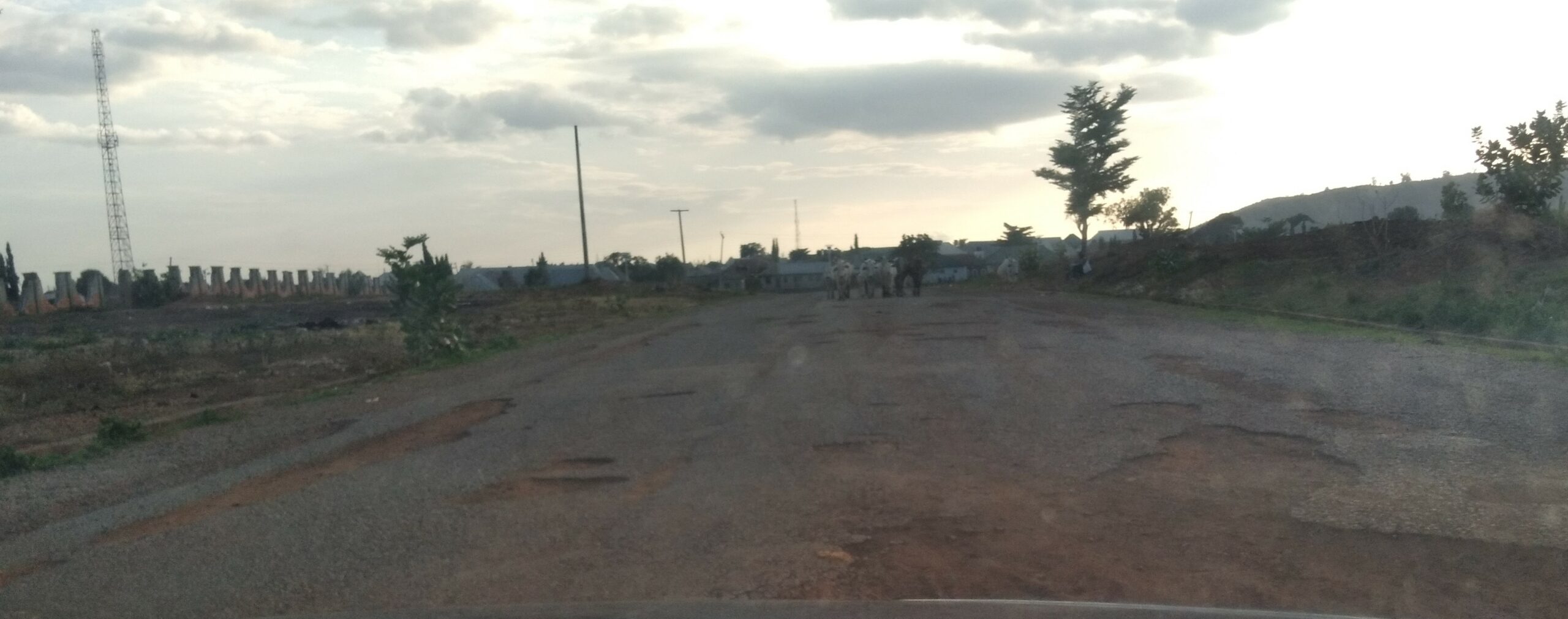
At the site, from the main road that separates the administrative section from the residential area, a visitor is greeted with potholes and a gully that divides the zone into two parts.
On the right is the administrative section, which habours only the tower that was built during the groundbreaking of the project, and the site has now become a place for car learners and a hideout for criminals.
The residential area is opposite the administrative gate, with a fence that has bowed to vandals. Its main gate has also been stolen.
Ambitious project abandoned
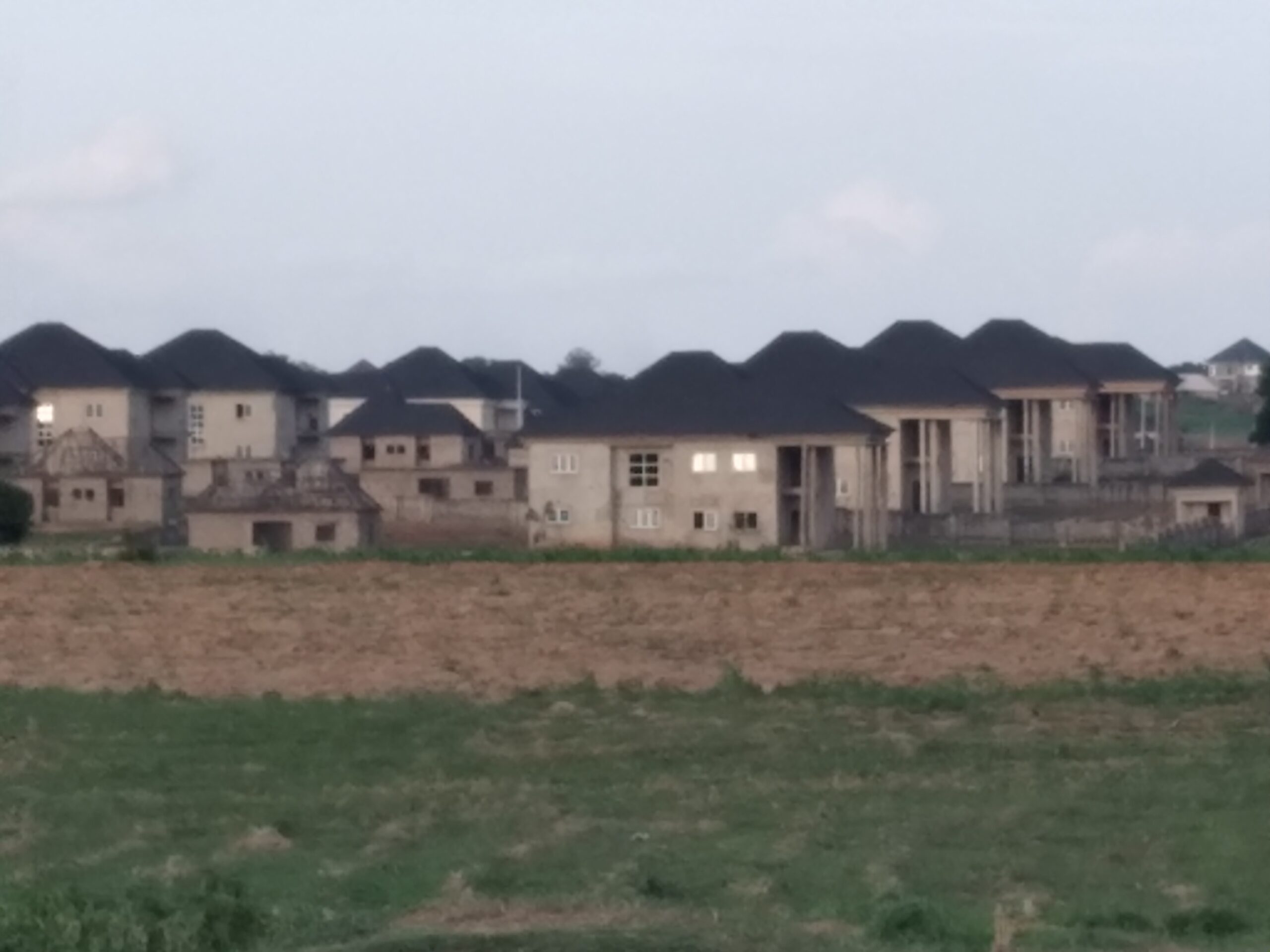
There are 30 structures standing, but only 10 on the northern side of the area had been painted and fitted with air conditioners before they were abandoned, while others are at various stages of completion. The completed portion of the housing units now houses security guards and other elements.
The project, modelled after the popular Three Arms Zone in Abuja, was initiated by the then Governor Muazu Babaginda Aliyu in 2009 amid media hype of its desirability, even as opposition parties, especially the APC, warned that it was another white elephant project.
The project which cost was put at N6 billion comprises a government house, House of Assembly and the State High Court.
It was also projected to contain ancillary facility which include independence square, a hospital, schools, police division, fire station, shopping complex and Muslim and Christian worship centres.
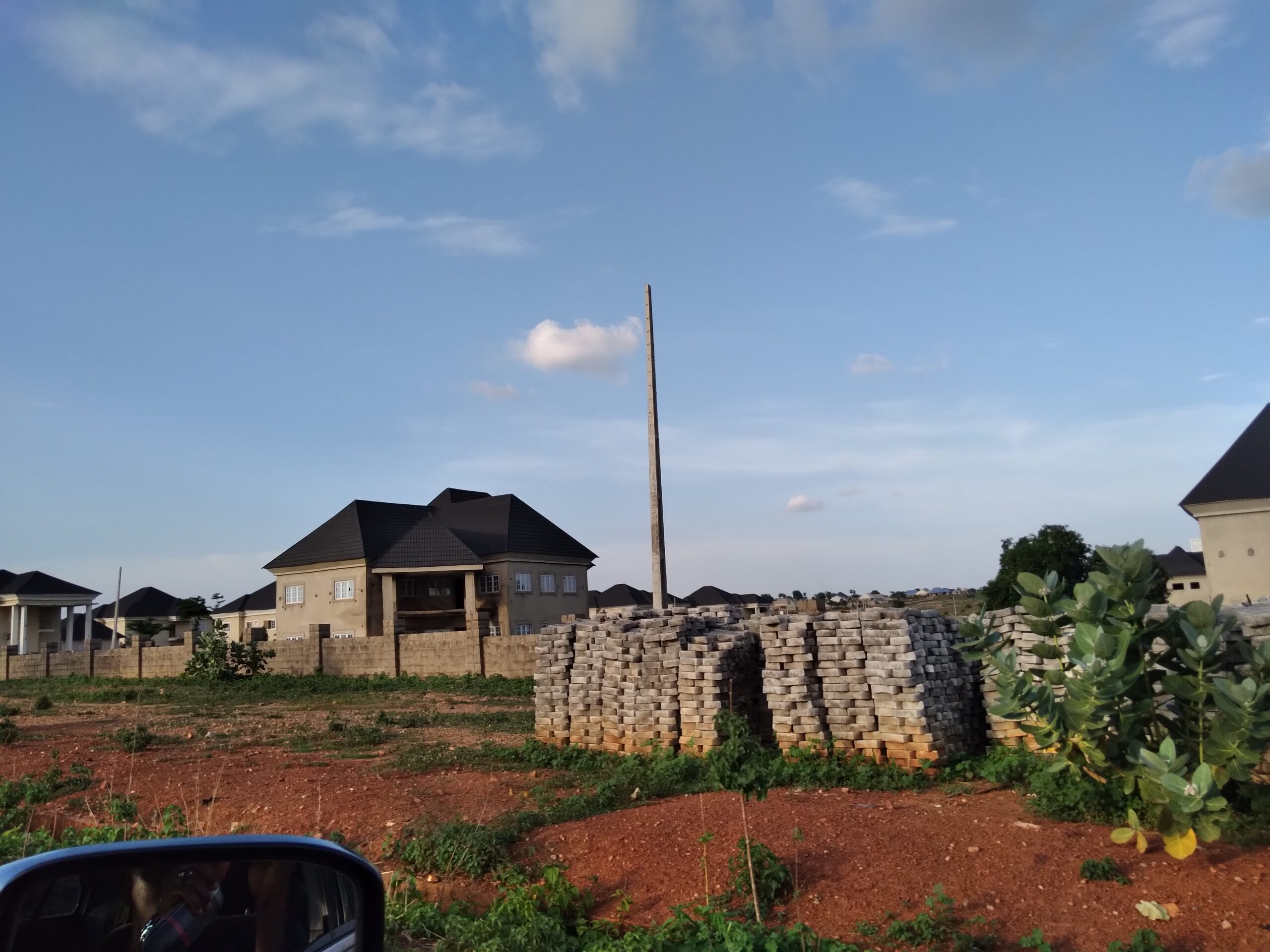
The 90-unit housing estate for all the three arms was projected to cost N3.7 billion; the 10.1-kilometre road network N1.3 billion, while the worship centres and the independence square were to gulp N3.2 billion. The funds for the project, according to the then governor, would be sourced from the capital market.
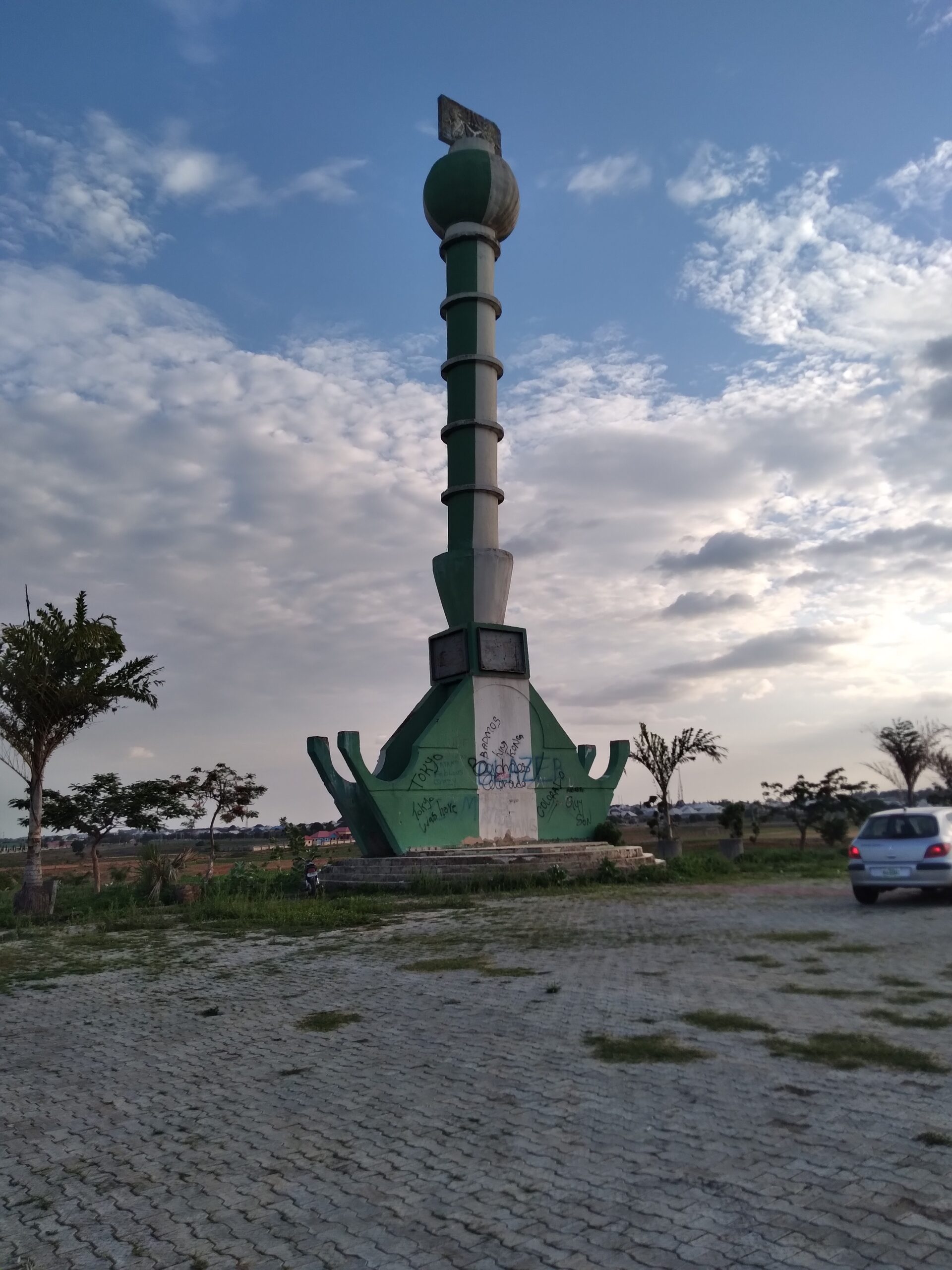
21st CENTURY CHRONICLE learnt that the state government commenced work on the project in phases; starting from the independence square, which was hurriedly packaged to commemorate Nigeria’s 50th independence anniversary on October 1, 2010.
In March, 2010, the governor flagged off the construction of the 10.1-kilometre road network with a completion period of eight months; while physical development began in December, 2013, with the award of the contract for the construction of the 90 houses. The road project commenced as expected but took about two years to be concluded.
However, even before the cessation of work, the entirely surfaced dressing effort had begun to wither because of the shoddy job done.
It was also learnt that out of the 90 housing units, only 10 were fully completed, while about 20 were abandoned midway into their construction.
At the commencement of the housing project, the then Commissioner for Land and Housing, Dr Peter Sarki, said out of the 90 housing units, 30 would be five-bedroom detached bungalows styled “Type A”, while the remaining would be “Type B, adding that the houses would be completed within six months.
It was further gathered that work on the housing units was skeletal from 2013 and halted entirely during the electioneering year of 2015, ostensibly due to lack of funds.
Therefore, as part of the drive to raise money for the project, the state government sold the existing legislative quarters (Type B) in Makama Estate in Minna even though an alternative was not yet handy.
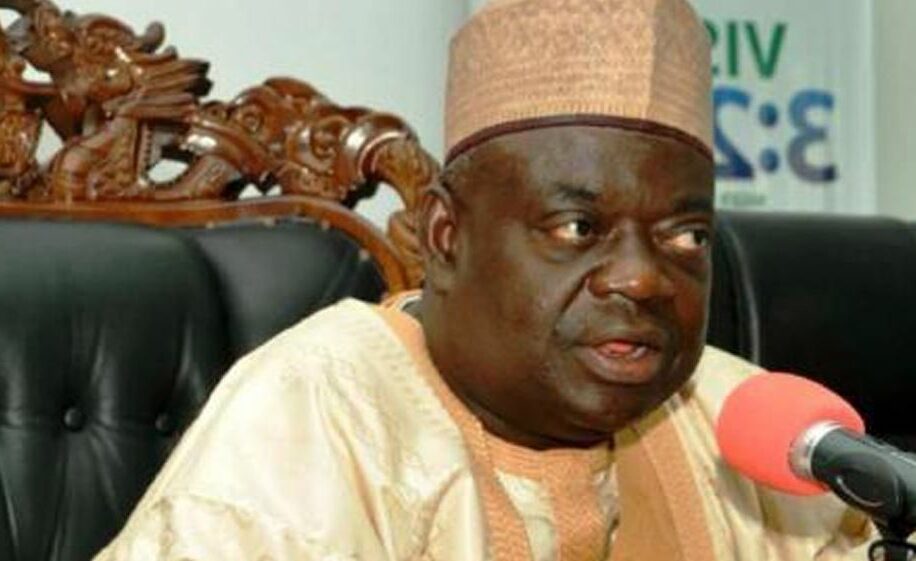
“It was like putting the cart before the horse,” an APC stalwart, Umar Shuaib noted. He said there were lots of question marks over the then Governor Aliyu’s handling of the project which, according to him, informed the criticisms that trailed the initiative.
He further said, “First they said the funds would be sourced from the capital market, then before we knew it, they sold the legislative quarters on the pretense of raising money for the same thing; you can imagine the inconsistency!”
Shuaibu added that the project was another misplaced priority coming at a time when the state was battling with serious infrastructural deficit and other key challenges.
Many had queried the wisdom behind selling the legislative quarters to civil servants with a monthly deduction arrangement from their salaries, noting that the action negated the aim for which the houses were put on sale in the first place.
And like many had feared, not much progress has been made on the housing project either. Six years into the tenure of a new government and 12 years after the Three Arms Zone was initiated, all the components of the project have been abandoned, even as the few facilities put in place have been allowed to rot away.
Work on the main office complexes for the executive, legislature and judiciary never took off, ditto the ancillary facilities such as hospital, schools, police division, fire station, shopping complex and worship centres.
No respite yet for the project
Dr Sarki had then said the Three Arms Zone project was a long-term development plan which completion term would not end with the initiator.
He then said, “It is a futuristic project. We are not saying the activities of the government should move in there at the end of our administration, but we envisage it as part of the state’s Vision 3:20:20; that by the year 2020 government activities will move to that site.”
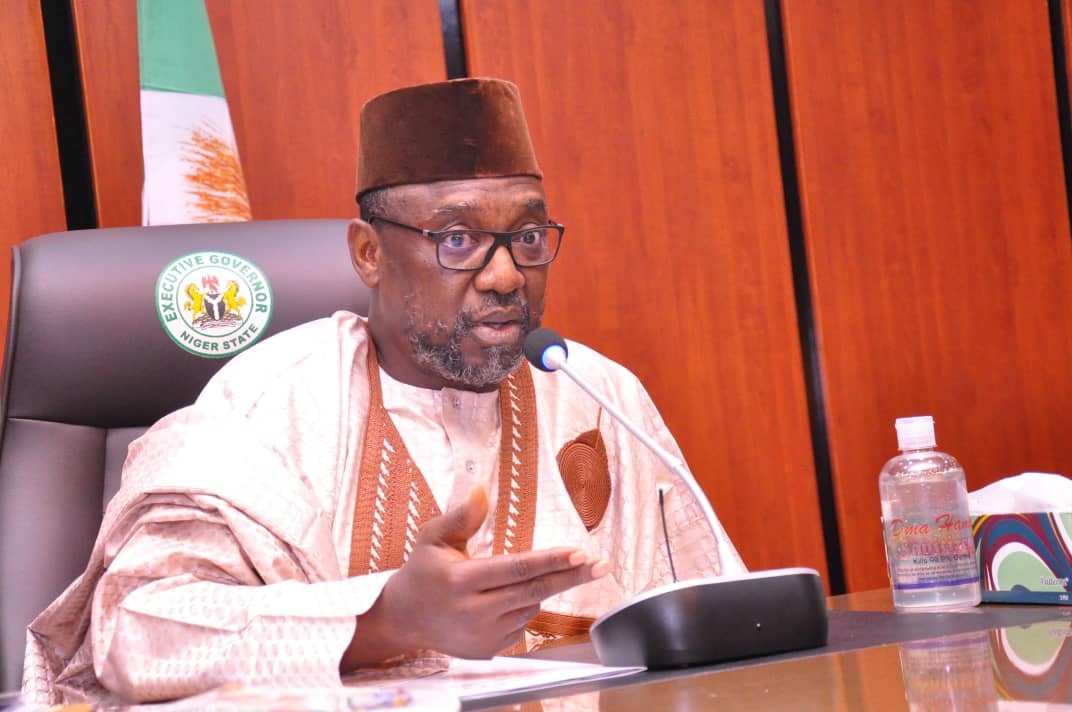
However, it is nearly six months after the end of 2020 and the project has been idle, and with half way into the Governor Abubakar Sani Bello’s last term, the hope of relocating to the site is becoming dimmer as the clock ticks towards 2023.
The APC government in the state made it clear from the beginning that its preoccupation was to provide the much needed infrastructural development across the state, saying the Three Arms Zone project did not fall within its projection.
The government then renovated the government house, the State High Court Complex and built a new office complex for the legislature within its present location.
Hold APC responsible
The Peoples Democratic Party (PDP) in the state which government initiated the project urged Niger citizens to hold the APC administration liable for allowing the facilities to rot.
A PDP chieftain in the state, Yahaya Ability, told 21st CENTURY CHRONICLE on telephone that the Three Arms Zone project was one of the laudable initiatives embarked upon by his party to further expand the state’s capital to development and provide befitting accommodation to judicial and legislative workers, as well as their colleagues in the executive.
Ability said it was disheartening that the APC administration which had been bereft of ideas of moving the state forward would fail to key into the project and take the glory.
He added that, “The project belongs to the state, and government is continuous, and so posterity will not forgive the APC for allowing the facilities to waste away.”
Misplaced priority
Although the Chief Press Secretary to Governor Bello, Mary Noel-Berje, failed to respond to our reporters’ inquiries on the matter, an APC stalwart, Umar Shuaib in an interview with 21st CENTURY CHRONICLE queried the rationale behind embarking on such project in view of other pressing needs before the state government. “It was a white elephant project and we told them that when they initiated it.”
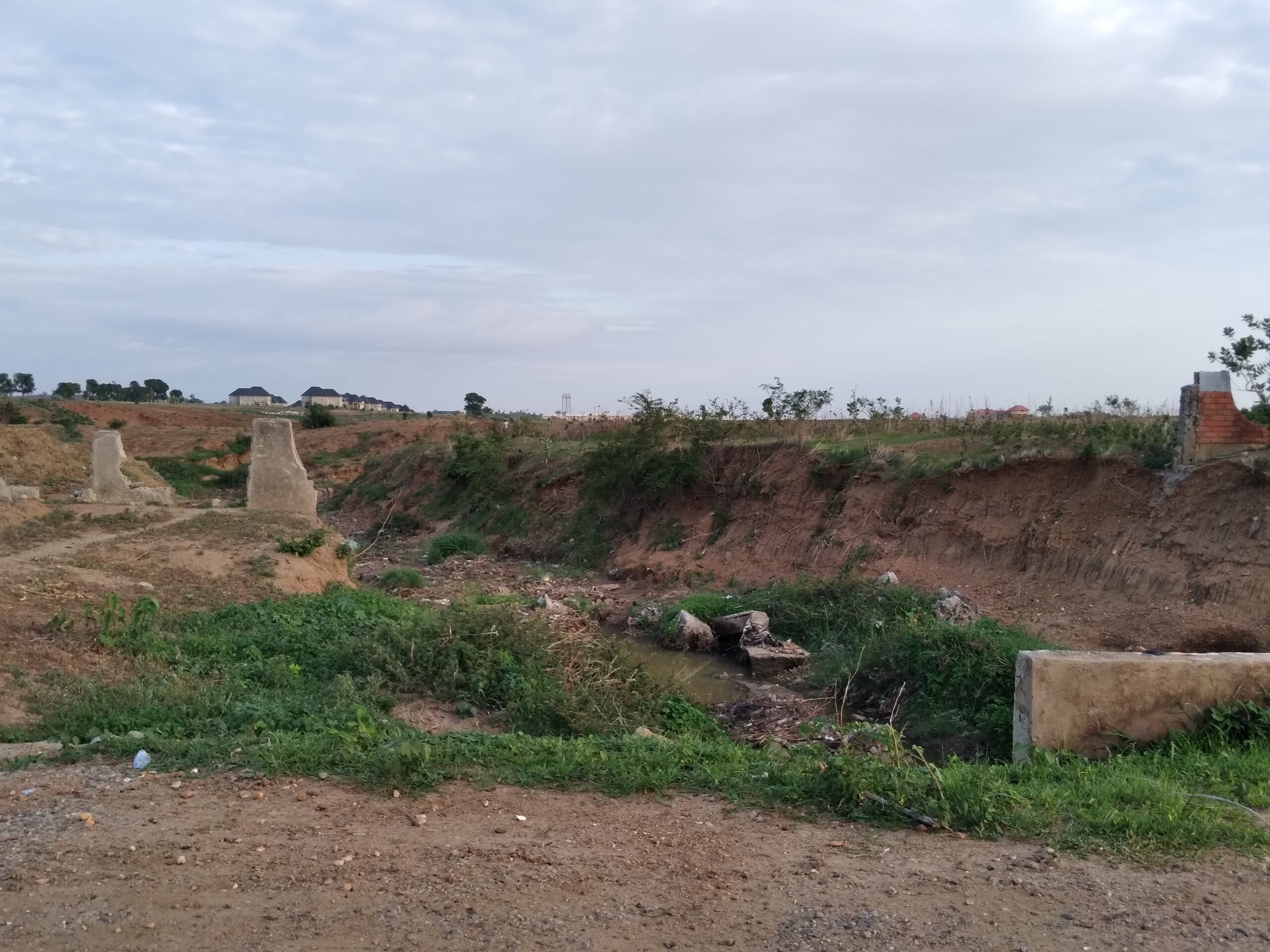
He said the project dragged the state into a debt which it is still servicing. “They took a bond which we are still stuck with and with scarce resources, where will they get funds for a project which has no direct bearing on the lives of average citizens,” he said.
He said what the present government should do is to put the facilities already on ground into use in order to safeguard it from vandals and rot.









